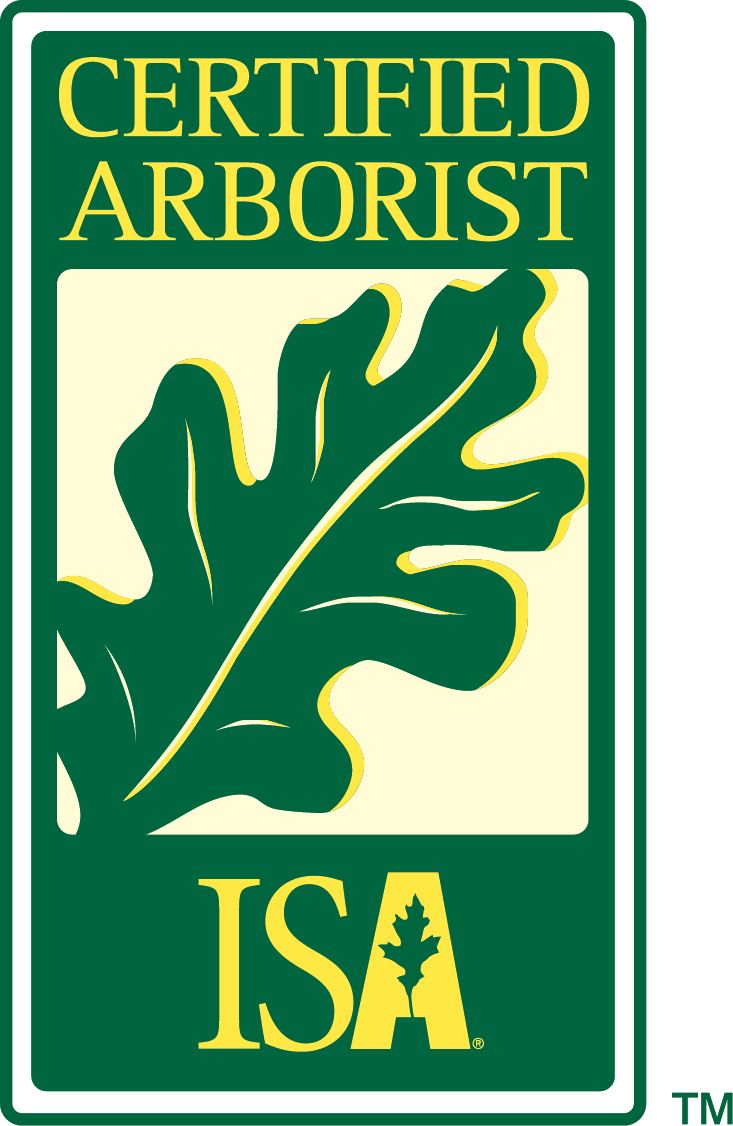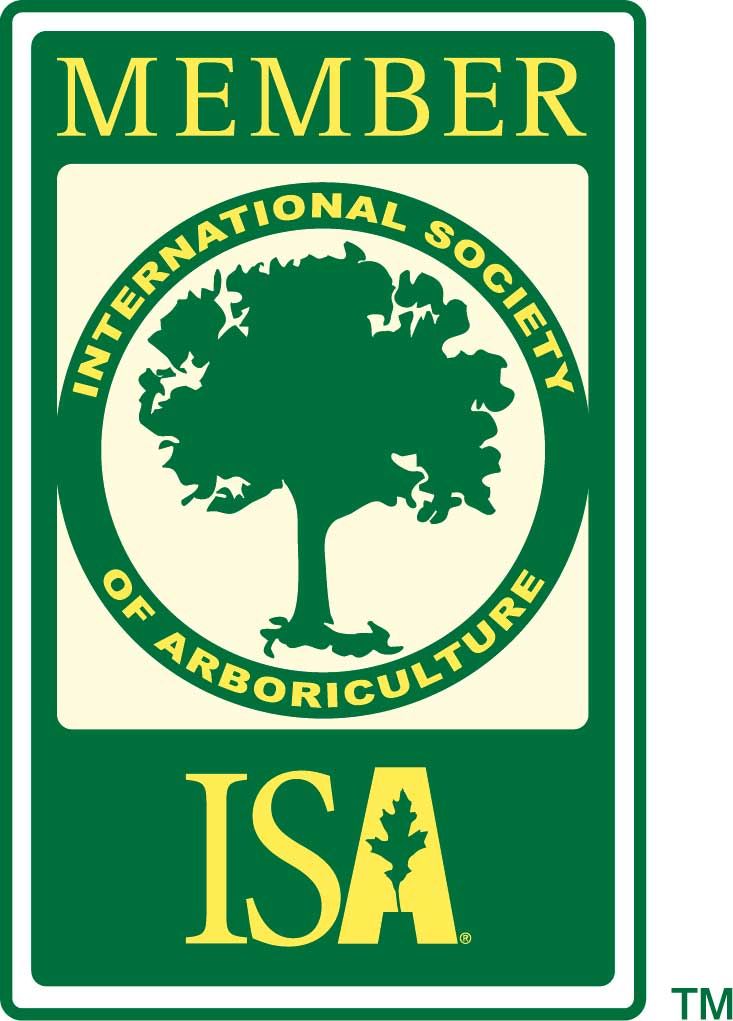Forest v Urban Trees….
What's the difference?
The Differences Between Trees in an Old-Growth Forest and Urban Trees
Trees are a vital part of our world, serving as the lungs of the planet, providing oxygen, stabilizing the soil, and offering habitats for countless species. However, not all trees grow in the same environment, and the conditions in which they grow significantly affect their development. While both settings provide essential roles in ecosystems, the differences between trees in these environments are profound, from their growth patterns to their survival challenges.
Let’s compare:
Age and Growth Patterns
Old-Growth Forests: Old-growth forests are ancient ecosystems that have been largely undisturbed by human activity for centuries, sometimes millennia. These forests are characterized by large, mature trees, a diverse array of plant and animal life, and intricate ecological relationships that have developed over time. In such an environment, trees are allowed to grow slowly and steadily, reaching impressive sizes and lifespans. Species like Douglas Fir, Oak, and Redwoods in these forests can live for hundreds, even thousands, of years.
The growth of these trees is typically slower due to competition for resources like light, water, and nutrients. However, the older trees are often able to access resources more efficiently due to their well-established root systems and access to deeper soil layers. The thick canopy in an old-growth forest results in shaded conditions on the forest floor, which influences the types of vegetation that can grow under them.
Urban Trees: In contrast, trees growing in urban environments face a very different set of conditions. These trees are typically planted in areas where they have limited space, such as along streets, in parks, or in backyards. Because urban areas are crowded with buildings, roads, and infrastructure, trees often don’t have the luxury of growing at their natural pace. The growth of urban trees is frequently stunted due to factors like compacted soil, limited water availability, and pollution.
While many urban trees can survive and even thrive in certain conditions, they tend to be shorter-lived and smaller compared to their old-growth forest counterparts. Urban trees may also suffer from restricted root growth, which can hinder their ability to access nutrients and water. In addition, they are often exposed to higher temperatures due to the urban heat island effect, which can lead to stress, particularly during heatwaves.
Biodiversity and Ecosystem Roles
Old-Growth Forests: Old-growth forests are biodiversity hotspots. The trees in these forests provide habitat and food for countless species of birds, mammals, insects, fungi, and other organisms. The decaying organic matter, fallen trees, and complex canopy layers contribute to a rich, diverse ecosystem. This biodiversity is not just important for wildlife, but also for the overall health of the forest. The interactions between different species of plants, animals, fungi, and microorganisms are intricately tied to the stability of the forest.
The trees in old-growth forests often host epiphytic plants like mosses and lichens, creating a multi-layered habitat for organisms that depend on them. Fallen trees create nurse logs that foster the growth of new plants, continuing the cycle of life in these ancient ecosystems.
Urban Trees: Urban trees, while still important for the local environment, support a much less diverse range of species. The amount of wildlife that urban trees can host is limited by factors such as pollution, habitat fragmentation, and the sheer density of human activity in the area. In cities, trees primarily offer benefits like shade, aesthetic value, and air purification, and although they may provide some habitat for birds, insects, and small mammals, the range of species they support is usually not as varied as that in a forest.
Urban trees can also be exposed to non-native pests and diseases that are more prevalent in disturbed environments, further limiting the range of species that can thrive around them.
Environmental Stressors
Old-Growth Forests: Old-growth forests, while resilient, are subject to natural stressors such as storms, wildfires, and diseases. However, these ecosystems have evolved over thousands of years to cope with these events. Tree mortality in an old-growth forest tends to be gradual, with trees dying due to age or natural disturbances, leaving room for new generations to grow in a process known as ecological succession.
The ecosystem as a whole has developed mechanisms to cope with these disturbances. For instance, some tree species have fire-resistant bark, while others regenerate rapidly after a fire, creating a dynamic and adaptive forest.
Urban Trees: Urban trees face a host of man-made stressors that their forest counterparts typically don’t encounter. One of the most significant challenges is air pollution, which can stunt tree growth, damage leaves, and affect the trees’ ability to photosynthesize. Additionally, urban trees are often exposed to compacted soils, which restrict root expansion and the ability to take up water and nutrients. Many urban areas suffer from irregular watering schedules, with trees sometimes being overwatered in certain spots and underwatered in others.
Other stressors include physical damage from construction, traffic, and human activity, as well as the effects of invasive species. Urban trees are also more vulnerable to extreme weather events like heavy storms or extreme heat, as they don't have the protective canopy of a forest to buffer them.
Human Influence
Old-Growth Forests: The human influence on old-growth forests has been historically negative, with deforestation and logging operations causing irreparable damage to these vital ecosystems. However, in areas where old-growth forests are protected, human impact is limited, and the trees can grow largely undisturbed by human activities. Conservation efforts have become more prominent in recent years, with programs aimed at preserving these ancient forests for future generations.
Urban Trees: In urban areas, humans play a more direct role in the management and health of trees. Urban trees are often planted, maintained, and cared for by local governments, organizations, or homeowners. While this human influence can be positive in terms of providing care and resources to trees, it can also be harmful if trees are improperly planted, maintained, or exposed to harmful urban conditions. Tree-planting programs can help mitigate the challenges faced by urban trees, but these efforts are only successful when managed properly.
While trees in both old-growth forests and urban environments provide essential ecological and environmental benefits, the conditions they face and the ways they grow differ dramatically. Old-growth forests represent a stable, natural ecosystem where trees grow slowly but steadily over long periods, supporting a rich diversity of life. In contrast, urban trees are adapted to a much more challenging environment, where growth is often stunted due to human-induced stressors like pollution, compacted soils, and limited space.
Understanding these differences highlights the importance of preserving our natural forests and taking proactive steps to protect and care for urban trees. Both types of trees are integral to the health of our planet, and their continued survival depends on how we manage and interact with the environments in which they grow.




